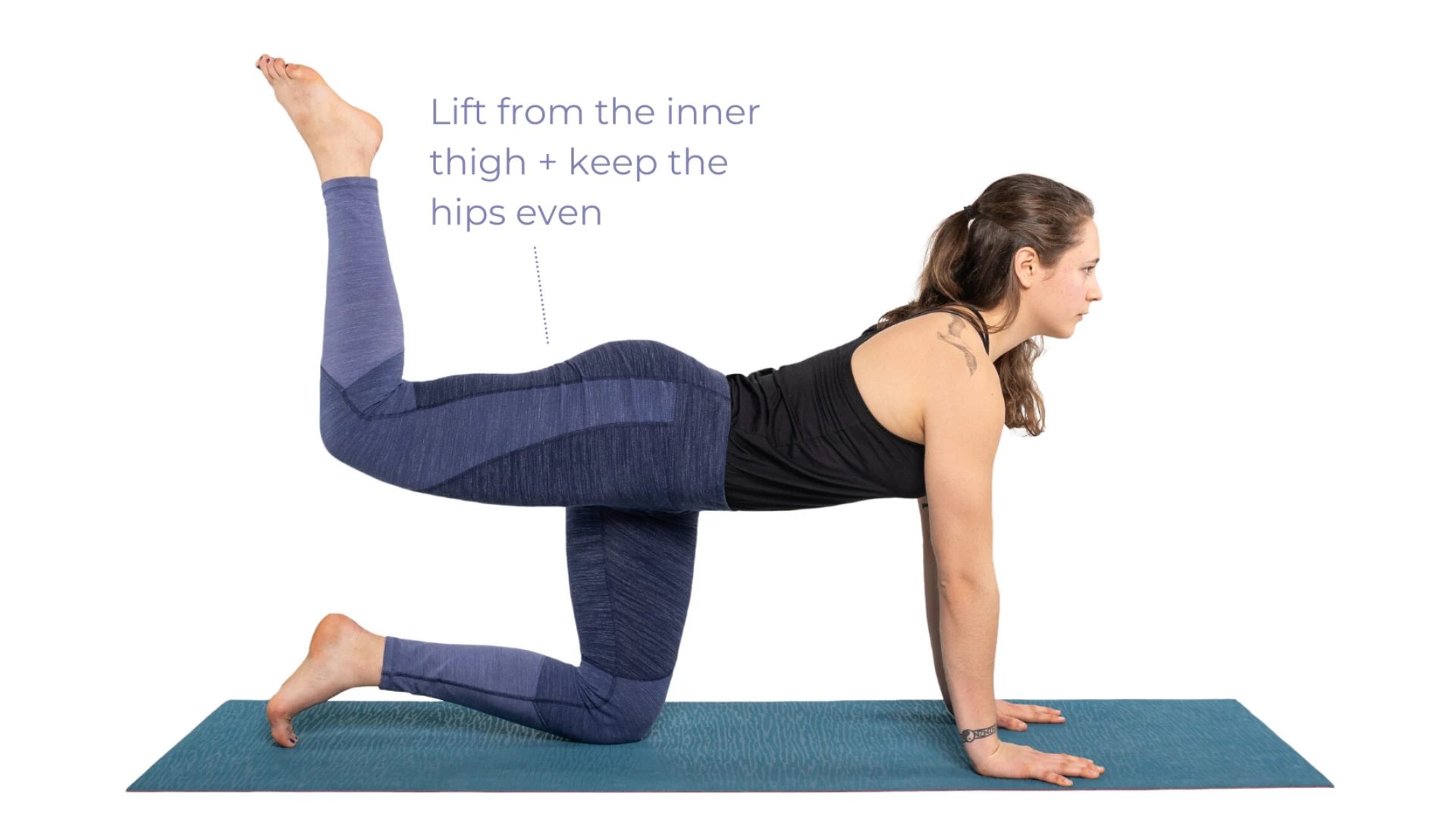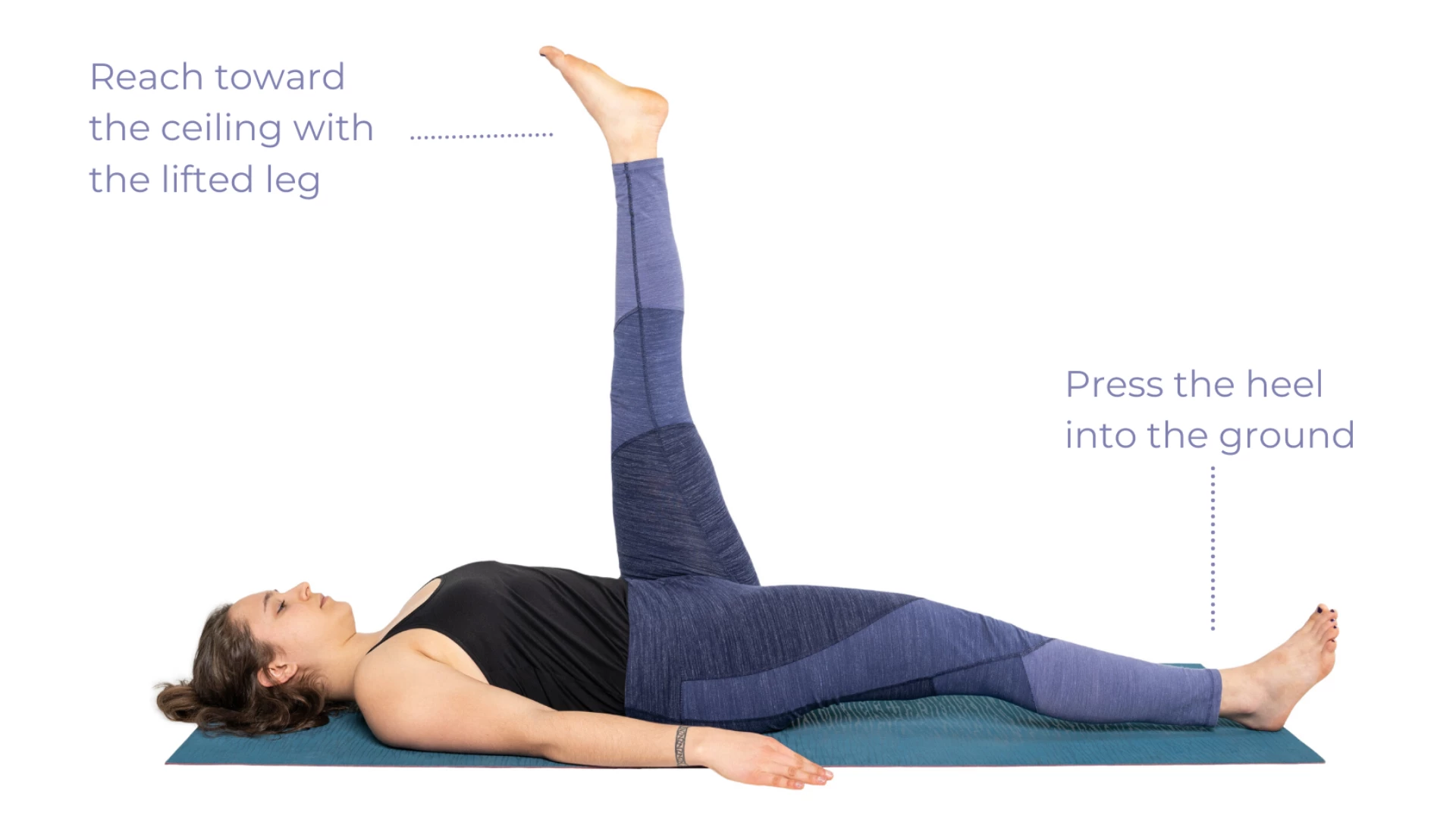Stepping Forward Tips: 3 Asanas to Increase Mobility in the Hips and Spine

Article At A Glance
Try these three asanas to improve your hip and spine mobility which can, in turn, help make your yoga transitions more accessible. Stepping forward to the top of the mat is not always a breeze. With a little extra preparation, stepping forward might get easier and more graceful, too.
Which are the easiest ways to increase mobility in the hips and spine? This is a common concern among yoga students because of hip and spine mobility’s crucial role in yoga transitions and everyday activities off the mat.
A student of mine recently asked me if I had any helpful tips for practicing a step forward to the top of the mat from Downward Facing Dog. Stepping forward from Downward Facing Dog is no easy feat. Many struggle with this transition (or any of its counterparts – like jumping forward). But this transition is key to many Vinyasa yoga sequences. For this reason, gaining comfort with this transition is key to allowing grace and ease overall in your yoga practice.
Because being able to smoothly move from the back to the front of the mat might look simple, but (as is the case so often in yoga!) It’s actually a fairly difficult move for many people.
So, whether you’re a teacher or a student, it’s good to be able to break down this motion and teach it to people of all abilities.
There has been a lot written and demonstrated on the internet about jumping or “floating” forward, and it is a demanding move that I generally don’t teach in classes (too much risk of injury when done sloppily), so I’m not going to focus on that. Instead, let’s have a look at stepping forward.
Use These 3 Simple Exercises to Work Toward Stepping Forward to the Top of Your Mat
If you go to a Vinyasa-like yoga class, you will probably hear these words at least 20 times per class: “Step your foot between your hands.” Well, for many people, this is easier said than done!
If you’re not convinced, imagine replicating this move while standing with your palms pressed against a wall! Okay, convinced now?
So, here are a few simple movements that re-create the elements of stepping forward but break them down into more digestible parts. If we work on these individually, the overall movement will gradually become easier!
1. Nose-to-Knee Stretch for Hip and Spine Mobility
Variation # 1 – Knee-to-Chest 
- Lie on your back with your hands and feet on the floor.
- Slowly, without using your hands, bend your right knee and bring it all the way up to your chest.
- Grab your right knee with your hands.
- Keep your left leg strongly engaged, trying to press the back of your left thigh into the floor.
- Next, as you exhale, warm up your core by drawing your nose toward your knee. Try not to use your hands, but instead press your lower back down into the ground and curl up from your core.
- Inhale, and come back down.
- Repeat five times, optionally holding the last repetition for three to five breaths.
Variation # 2 – to increase Hamstring Flexibility

- Follow all the same steps as Variation 1, except try the above exercise with your leg straight this time. This stretches out your hamstrings while also bringing an extra stretch to the hip flexor of your grounded leg.
- When you’ve done the right side, repeat on the left.
2. Cat/Cow Variation for Hip and Spine Mobility
- Come up to all fours.
- As you inhale, raise your right leg (with your knee bent) behind you.

- As you exhale, lift your belly button up toward the ceiling, arch your spine, draw your knee as high as you can toward your chest, and bring your nose in toward your knee.

- Repeat this five times, and on the fifth repetition, try to hold the exhale position for three to five breaths.
- Repeat on the other side.
3. Three-Legged Dog Variation to Increase Hip and Spine Mobility
- Start in Downward Facing Dog.
- On an inhalation, lift your right leg up behind you, keeping your hips squared to the floor.

- As you exhale, lift up from your core, bring your shoulders over your hands, and hug your knee up toward your chest.

- On your next inhale, lead with your leg and push back into Three-Legged Dog.
- Repeat this five times, and on the fifth repetition, try to hold the exhale position for three to five breaths.
Put Everything Together to Step Forward From Downward Facing Dog
When the exercises above feel smooth, try to step forward:
- Begin just as if you were going to repeat the Three-Legged Dog exercise above.
- This time, when your shoulders come over your hands, strongly engage your core and use momentum to lift your hips high so that you can draw your knee toward your chest and then swing your foot down onto the floor between your hands.
- If your foot doesn’t come all the way forward, gently walk it to the right place.
As you practice this movement, remember to:
- Activate the hip flexors of your front leg while keeping the front of your back thigh long and strong, like in Nose-to-Knee Stretch
- Lift your belly button up toward your spine and round your back, like in the Cat/Cow Variation
- Lift your knee-high toward your chest and shift your weight all the way forward onto your hands, like in Three-Legged Dog.
- Look forward and visualize where your foot should land!! Where your gaze goes, your body – eventually – will follow.
Once your front foot is there, pause, transfer your weight toward your forward foot, and repeat a similar motion with your back leg: Lift up, bend your knee, and gently place your foot on the floor at the top of your mat.
Remember to be patient, breathe deeply, and try not to be attached to the results of the exercise – it’s the practice that counts!
* Article concept courtesy of Breanna R
Also, read...
Change Your Perspective of Pelvic Tilting: How the Transversus Abdominis Can Help
4 Ways to Practice Locust Pose
5 Keys to Healthy Neck Alignment in Cobra Pose (Bhujangasana)
Related courses
Breath as Medicine: Yogic Breathing for Vital Aging
Yoga and Myofascial Release: Releasing Chronic Tension with the Bodymind Ballwork Method
Yoga and Detoxification: Tips for Stimulating Lymphatic Health

Leah Sugerman is a yoga teacher, writer, and passionate world traveler. An eternally grateful student, she has trained in countless schools and traditions of the practice. She teaches a fusion of the styles she has studied with a strong emphasis on breath, alignment, and anatomical integrity. Leah teaches workshops, retreats, and trainings, both internationally and online. For more information, visit www.leahsugerman.com.



